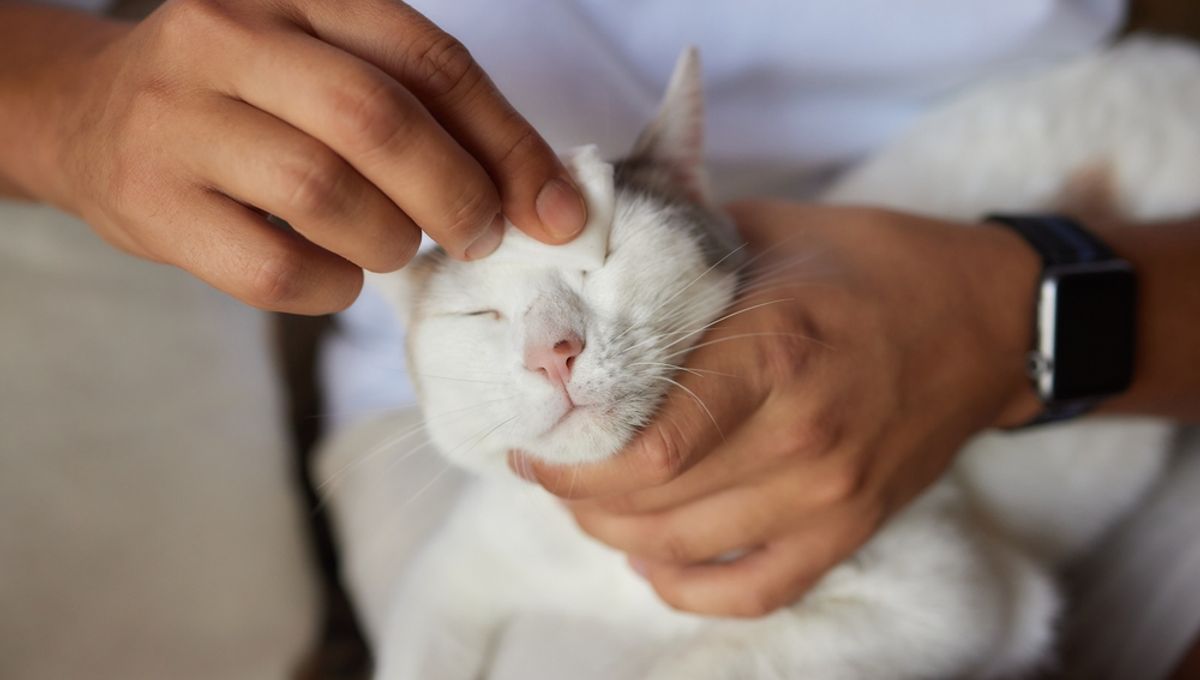
Should “pet detectives” be a real thing and not just a film that has aged particularly badly? That’s the question Flinders University researchers are exploring by trying to get human DNA off cats. Ultimately, the work may provide forensics teams with an additional route to capturing criminals when all other efforts to place a suspect at the scene of a crime have failed.
The research is a long way from proving the practicality of enlisting domestic animals as investigators (or even witnesses) in crime solving, but everything has to start somewhere. So far, 80 percent of domestic cats in a sample of 20 retained human DNA on a specific area of their fur from those with whom they deign to share their abode. Most of these samples were good enough to match up with their source.
PhD student Heidi Monkman told IFLScience she came up with the topic when studying forensics and noticed there were no references to pets. “I love animals,” Monkman said. “When I pitched the idea to Mariya (co-author Dr Mariya Goray) we discovered there was very little research in the area so we couldn’t wait to get started.”
Having established that cats keep a record of the humans they have interacted with in their fur, the scientists are keen to go further. Testing if the same is true for dogs is one obvious step. Another is to see how common this is, and how likely it is to extend from long-term house residents to brief visitors such as a burglar. However, the fact some of the cats carried DNA that was human but not matched to any of the residents suggests brief visits may be enough to transmit DNA.
Monkman admitted to IFLScience that the feline sample was hardly representative. “They were selected for friendliness and not being stressed by new people,” she said. Most were indoor cats, so the work didn’t test if they carried genetic material from passing strangers. On the other hand, one cat was walked regularly on a lead –and when Monkman was given the same lead to keep it still for swabbing, the cat got so excited it dashed for the door, thinking it was walking time.
Another cat ran off with Monkman’s swab, although; “It was well trained, so it brought it back,” she said. She foresees more typical samples will bring greater problems.
Nevertheless, that is where the authors are keen to go. Besides exploring the prospects for felines keeping incriminating DNA for forensics teams, the team wants to see whether cats pose a contamination threat.
“Are these DNA finding[s] a result of a criminal activity or could they have been transferred and deposited at the scene via a pet,” Goray said in a statement. Transmitting DNA from someone who patted them outside so it appeared the individual had been in the house around the time of a crime seems like just the sort of thing certain cats would love to do.
Monkhurst told IFLScience she has not been consulted by the makers of CSI or similar forensics-based crime shows, but; “Would be more than willing to take their calls.”
The work is published at Forensic Science International
Source Link: Cats At Crime Scenes Could Provide Vital Overlooked Clues